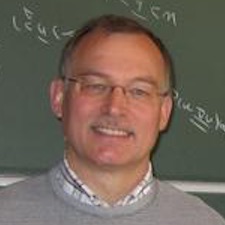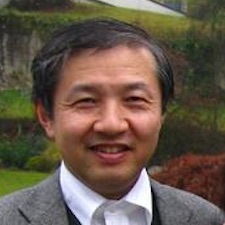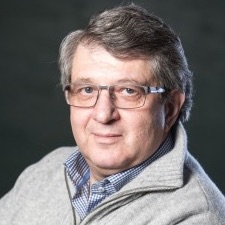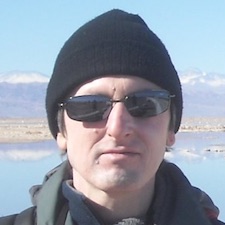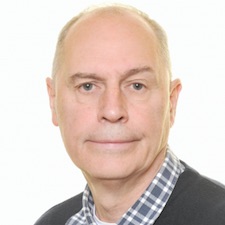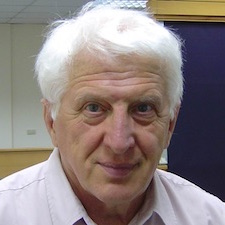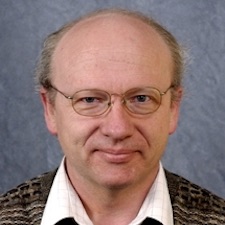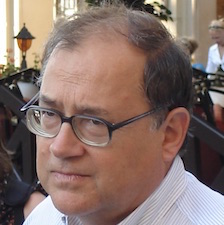Consider weak solutions of the instationary Navier-Stokes system in a three-dimensional bounded domain $\Omega$.
It is well-known that the optimal class of initial values $u_0$ to admit a local in time unique regular solution in Serrin's class $L^{s_q}(0,T;L^q(\Omega))$, $\frac{2}{s_q}+\frac{3}{q} = 1$, $2 < s_q < \infty$, is given by the Besov space $\mathbb B^{-1+3/q}_{q,s_q}(\Omega)$ of solenoidal vector fields $u_0 $, i.e., using the Stokes operator
$A$, $u_0$ satisfies the condition
$$ \int_0^\infty \big(\|e^{-\tau A}u_0\|_q\big)^{s_q}\, d\tau <\infty, $$
see results by H. Sohr, W. Varnhorn and the speaker (2009) (
link).
This optimal condition can be weakened to an almost optimal condition on $u_0 \in L^2_{\sigma}(\Omega)$ with weighted finite integral
$$ \int_0^\infty \big( \tau^\alpha\|e^{-\tau A}u_0\|_q\big)^s\, d\tau <\infty $$
where $s>s_q$, $q>3$ satisfy $\frac2s+\frac3q = 1-2\alpha$, $0<\alpha<\frac12$. In the case $s=\infty$ the integral norm has to be replaced by the essential sup-norm. These conditions can be described by the scaling invariant Besov space
$\mathbb B^{-1+3/q}_{q,s}$, $q>3$, $s_q < s\leq\infty$. A weak solution with such an initial value is contained in an $L^s(L^q)$-space with time weight $\tau^\alpha$, still satisfies the energy equality on $[0,T(u_0))$, but the classical Serrin weak-strong uniqueness theorem holds only under additional assumptions.
We present recent results obtained by R. Farwig, Y. Giga and Pen-Yuan Hsu (Tokyo University) in the framework of the IRSES project on existence, uniqueness and continuity as well as stability in the space $C^0([0,T);\mathbb B^{-1+3/q}_{q,s})$.
